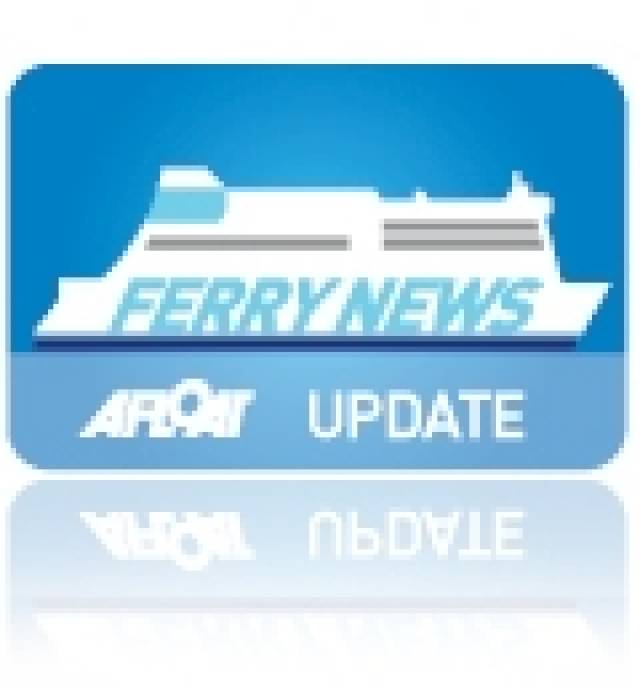#CanalCruises – Operators of the famous ferry cross the Mersey will again be launching Manchester Ship Canal Cruises starting in early April, writes Jehan Ashmore.
Treat yourself to the leisurely 6 hour return cruise along the 35 mile canal. To wet your appetite click HERE for a taster of the passage by viewing the Mersey Ferries TV Advert.
The canal cruise can start at Salford Quays (M50 3AH); or at the opposite end of the route from either our Seacombe (Wirral CH44 6QY) or Liverpool (L3 1DP) terminals.
Take in the spectacular scenery whilst a live commentary tells the story of how this magnificent waterway shaped the city of Manchester and the North West of England.
Over the passage of time, Runcorn (near the start of the canal) and Salford Docks where locations for the discharging of Guinness.
The 'black-stuff' was transported across the Irish Sea by the last of the stout-tankers The Lady Patricia and Miranda Guinness.
The trade ceased two decades ago in 1993 following the introduction of road-stout tankers that take the ferry instead.
Another Irish Sea route connection to Dublin Port had up untill recently operated two container vessels from Liverpool, however one of these ships, Coastal Deniz has shifted to a newly upgraded domestic service.
The service which is operated by this larger container vessel is running between Liverpool's Seaforth Container and the Irlam Container Terminal, near Trafford Park in Manchester.
Due to a marked increase in trade along the canal from customers among them Kelloggs, a trail-run period in running Coastal Deniz during January had proved successfull, leading to the transfer of the 260 TEU capacity vessel operated by Peel Ports.
The deployment of the 1991 built vessel to the canal route will move in the region 20,000 containers during 2013. The service between Liverpool to Irlam will operate four times weekly. For more WorldCargoNews.com has a report.
Once you've finished your day of cruising, Mersey Ferries we'll return to your point of departure by dedicated bus transfer.
Tickets are available from only £36 per person. Advance booking is necessary. To book or for more information call 0151 330 1444 or visit this LINK.































































